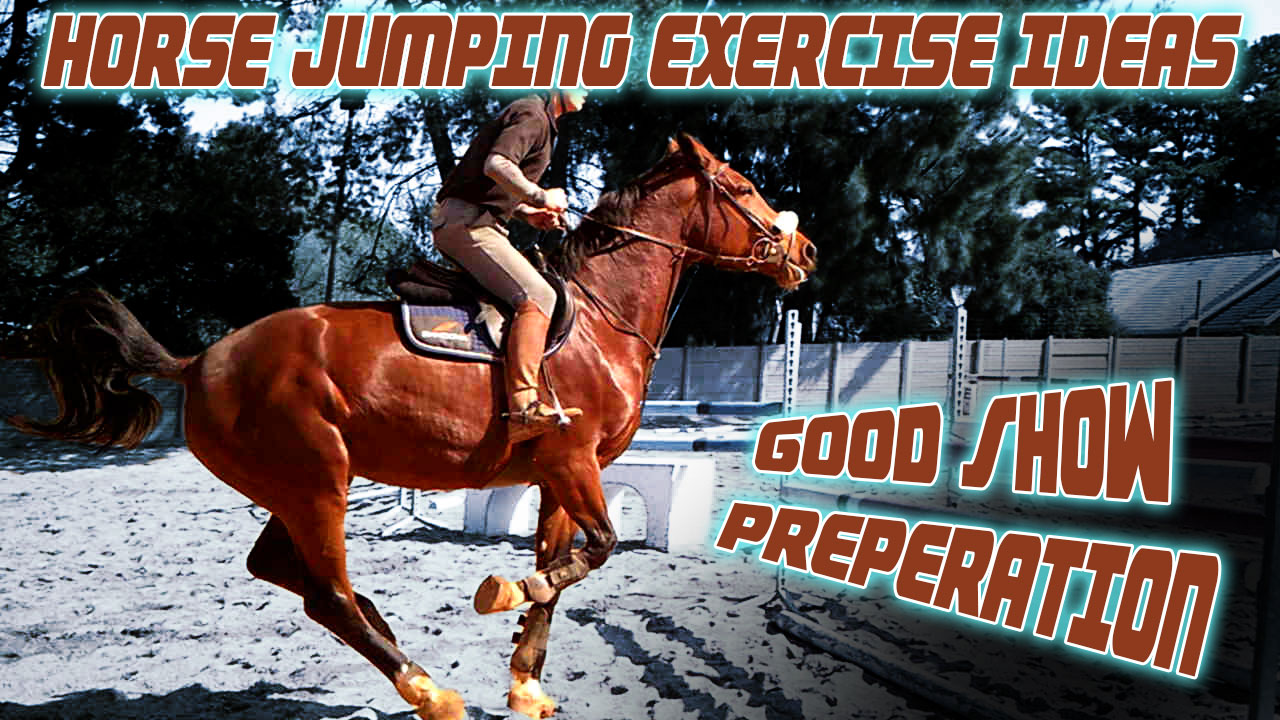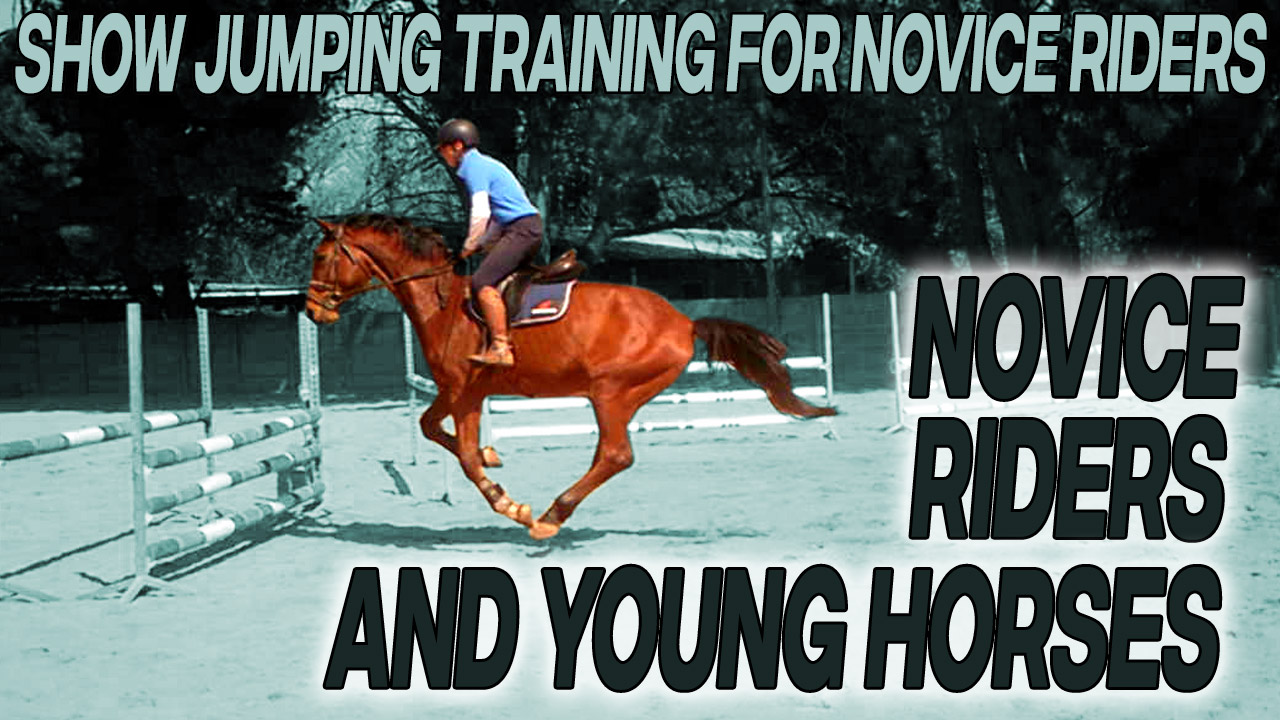Showjumping Training – Master riding a related distance
‘The more I practice, the luckier I get’ – Gary PlayerAs with all sports, the more you practice, the better you become. With showjumping training, however, you have very limited time to practice. You simply can’t jump your horse for hours and hours to try and master riding a related distance. Think of your horse as having a limited amount of jumps in his career, so if you use all those up practicing at home, you shorten his competitive career. You often hear of sportsmen spending an inhuman amount of time practicing, and becoming a master of their craft, but then how do you do that as a showjumper. Showjumping training is very different from most other sports. Say hello to the cavalettiThe cavaletti is to showjumpers what the driving range is to golfers. This is where you as a showjumper, can simulate jumping a related distance, without wearing your horse’s legs out. There is virtually no impact on your hoses legs. You can get a really good feel for what pace you need to travel through a related distance. You can practice adding or dropping strides, and if you make a mistake, there are no consequences, as it’s just a pole on the ground. And you can also practice the mental procedure you need to go through when jumping your related distance. We’ll go into this a bit later. |
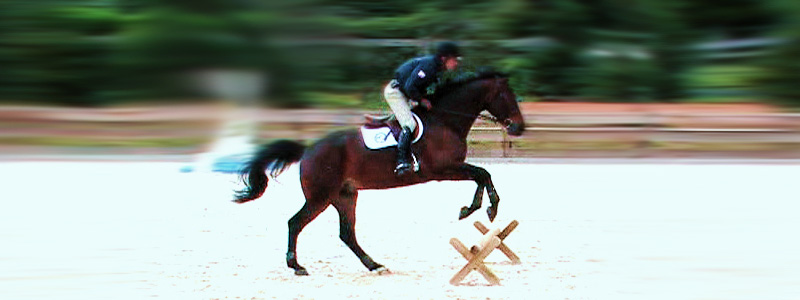 |
How to set it upSo the setup is almost the same as the setup of a related distance of jumps. For a jumping related distance you allow two paces for landing when you jump into the related distance, and two paces for takeoff when you jump out of the related distance. Thereafter it’s four paces for every stride. For a cavaletti you only allow one pace for landing and one pace for takeoff, so it’s always two paces shorter than a jumping related distance. Example: 24 paces would be five strides for jumps, and 22 paces would be five strides for cavaletti’s. |
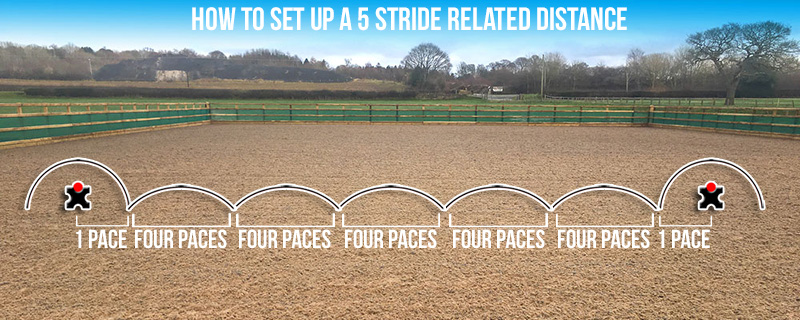 |
Counting your stridesJust in case you’re not 100% sure how to count your strides, this is how. As your horse lands over the first part of a related distance, you say to yourself ‘land’, and then count the strides as your horse takes them. Loads of people start counting as they land and they end up counting one extra stride. So it’s LAND-ONE-TWO-THREE-FOUR…. Two key factors to riding a related distance wellFinding your ideal paceGo through the related distance a few times taking particular notice of what pace you a traveling through the line. If you are ending up to close to the second part of the line, then your pace is too hot, and you need to slow it down a bit. And visa versa, if you are a bit far off the second element, then you are traveling too slowly through the line, and you need to lift your pace a bit. Going too slowly is more common. You need to do this until you are absolutely certain of your pace, and you know exactly when you are too fast or too slow. |
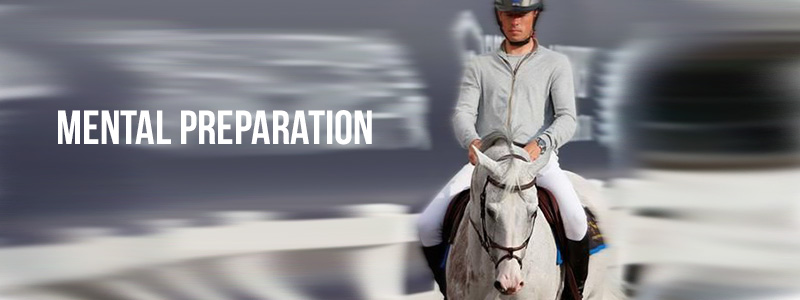 |
Your mental checklist.These are things that need to become habitual when you ride a line. You need to not have to think about thinking about them, but you need to think about them every time.
So… How did I jump in, and what do I need to do? Focus on the next element immediately. CountCavaletti training can be done every time you ride. Not only will you get really good at riding a related distance, but you will also become much more accurate when riding a single fence as well. Your horse will also become more adjustable, and the communication between horse and rider on the approach to your jump becomes clearer. This is also a brilliant way to warm up before you jump, as it ‘gets your eye in’. So there you have it showjumping training can in fact be done a lot more than you may think. |
This video also demonstrates a little more about the exercise I’ve just explained
Feel free to check out some of our other training videos
You are also most welcome to join our Facebook group. We are a group of like-minded showjumpers from around the world. We all want to become the best showjumpers we can be. You can post videos and get feedback from the other riders, including myself. JOIN OUR FACEBOOK GROUP


